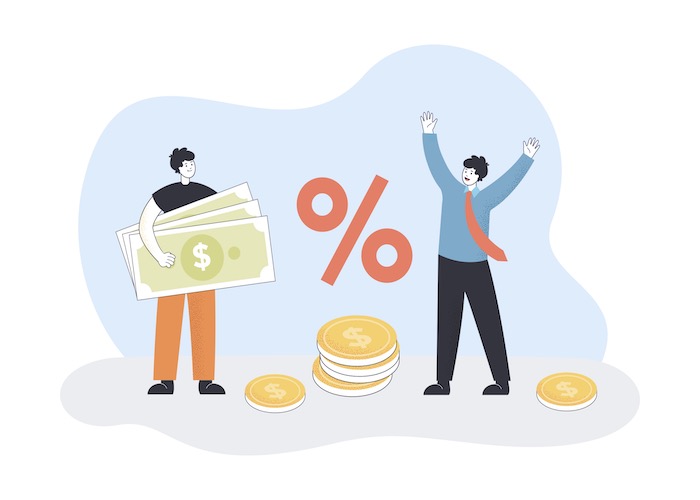
Understanding Insurance for Commercial Property: A Comprehensive Guide
In the dynamic world of business, physical assets form the bedrock of operations. Commercial property insurance stands as a sentinel, guarding these assets against a
Commercial Real Estate Fundamentals

In the dynamic world of business, physical assets form the bedrock of operations. Commercial property insurance stands as a sentinel, guarding these assets against a

Real estate, often hailed as one of the most stable and lucrative investment avenues, has been a favorite choice for investors seeking to grow their

The world of real estate is vast and complex, with many investment opportunities and financial instruments. Understanding the various types of real estate debt is

Commercial real estate is a dynamic and lucrative sector that offers diverse investment opportunities. Whether you’re a seasoned investor or a first-time buyer, understanding the

Commercial real estate is a premium real estate asset. That being the case, commercial real estate properties can sell at a premium price; it’s virtually

Whether a real estate investor is seeking financing for office buildings or multifamily properties, they will most likely want a reasonable interest rate on their

Financing is a necessity for making high-value real estate investments. Finding proper financing makes all the difference in an investor’s ability to access the best
We still have a housing crisis in this country, and with mortgage rates ticking up, fewer people can afford to buy. This has led to

Commercial loans help business owners and real estate investors make large purchases or fund operations. There are several types of commercial loans, and most are
© 2025 LoanBase Technologies Inc. All Rights Reserved.